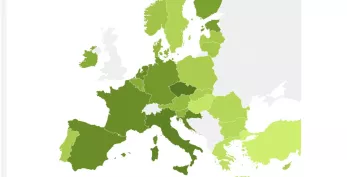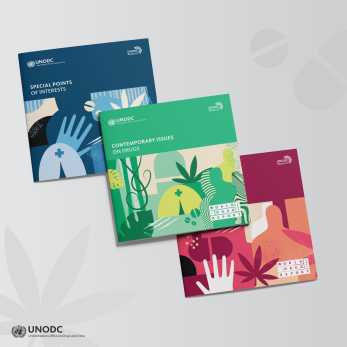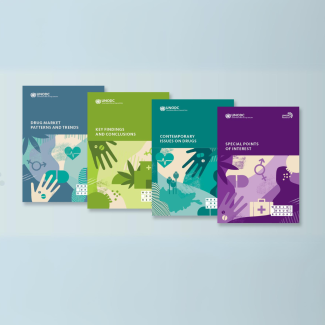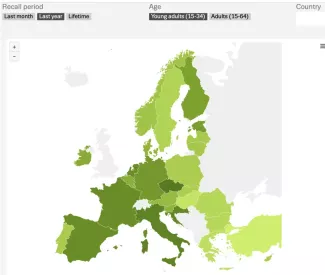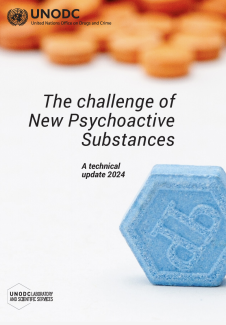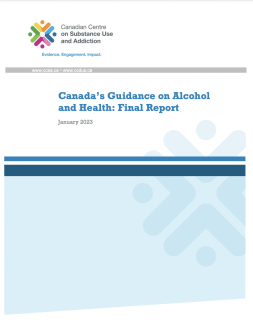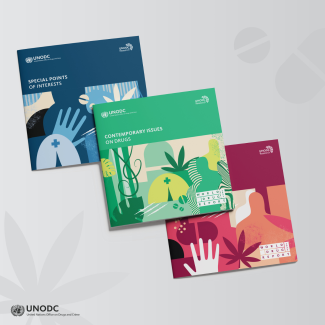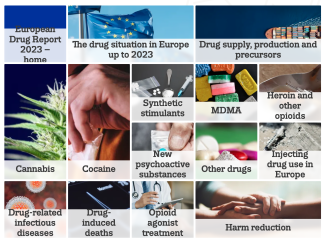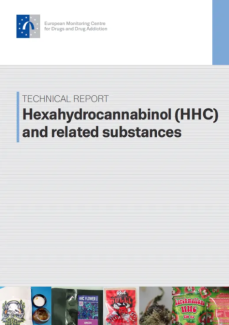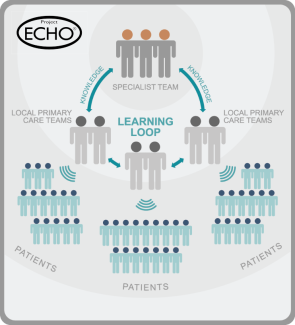
Search
Effectiveness of nurse-initiated smoking cessation intervention: a systematic review and meta-analysis
Background
Smoking is one of the top causes of preventable death and is linked to many serious health problems, including cancer and chronic diseases. Nurses can play a big role in helping people quit smoking by offering support through...
Substance Use Monitoring and Surveillance: Challenges faced by LMICs
Substance use surveillance has emerged as a crucial public health strategy across Africa, particularly in light of the alarming rise in substance use among adolescents (1). This trend poses significant health risks that require a...
Aspectos Toxicológicos del consumo de Cocaína
2024 UNODC World Drug Report highlights, brief reflections.
The World Drug Report (WDR) is published by the United Nations Office on Drugs and Crime (UNODC) (United Nations Office on Drugs and Crime, 2023). It serves to collate data received from United Nations member states which enables the...
La Perspectiva de Género en el Ámbito de las Sustancias y las Adicciones
Highlights from the 2024 UNODC World Drug Report
UNODC World Drug Report 2024
European Drug Report 2024: Trends and Developments
The European Drug Report 2024: Trends and Developments presents the EMCDDA’s latest analysis of the drug situation in Europe. Focusing on illicit drug use, related harms and drug supply, the report provides a comprehensive set of...
The Challenge of New Psychoactive Substances – A Technical Update 2024
"The Challenge of New Psychoactive Substances – A Technical Update 2024" is an update of the UNODC publication “The Challenge of New Psychoactive Substances (NPS), 2013”, which focuses on the new psychoactive substances (NPS) encountered on...
Canada’s Guidance on Alcohol and Health: Final Report
The report summarises the evidence drawn from worldwide evidence reviews, mathematical modelling, and extensive consultations and discussions. The Guidance provides people in Canada with accurate and current information about the risk of...
Aspectos Toxicológicos del Cigarrillo Electrónico
Trends in Alcohol-Related Deaths by Sex in the US, 1999-2020
Abstract
Importance Alcohol consumption rates have been increasing among women in the US, which may affect mortality rates and sex gaps. Therefore, conducting a comprehensive assessment of sex differences in alcohol-related deaths is...
Toxicología del Alcohol
World Drug Report 2023
European Drug Report 2023: Trends and Developments
The European Drug Report 2023: Trends and Developments presents the EMCDDA’s latest analysis of the drug situation in Europe. Focusing on illicit drug use, related harms and drug supply, the report contains a comprehensive set of national...
Faits saillants du Rapport mondial sur les drogues 2023 de l'ONUDC
Augmentation de la conduite après la consommation de cocaïne en Espagne : une analyse transversale des données pour 2021
Objectif : La conduite sous l’influence de l’alcool et/ou de drogues altère les compétences essentielles à une conduite sûre, augmente le risque d’être impliqué dans un accident de la circulation et est particulièrement répandue en Espagne...
Hexahydrocannabinol (HHC) and related substances
Introduction
The markets for hexahydrocannabinol (HHC) and related semi-synthetic cannabinoids (SSC) are rapidly evolving areas with relatively limited information currently available.
The European situation presented in Section 1 can...
Free Telementoring Mentoring Program Aims to Bring Research-Based Practices and Skills Related to Health Care Professionals Working with People who Use Alcohol
The Alcohol Use and Mental Health Project ECHO is a no-cost virtual program for health care professionals who are looking for up-to-date and research-based information on working with people who use alcohol.
The program, which is only in...
The future of drug monitoring in Europe until 2030
Introduction
Patterns of drug use and developments in the drug market in Europe are becoming more complex and dynamic, with major implications for drug monitoring and research. This observation prompted the European Monitoring Centre for...
Share the Knowledge: ISSUP members can post in the Knowledge Share – Sign in or become a member

